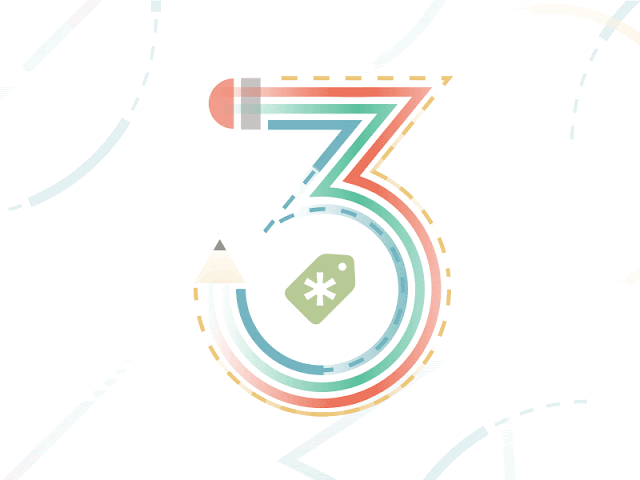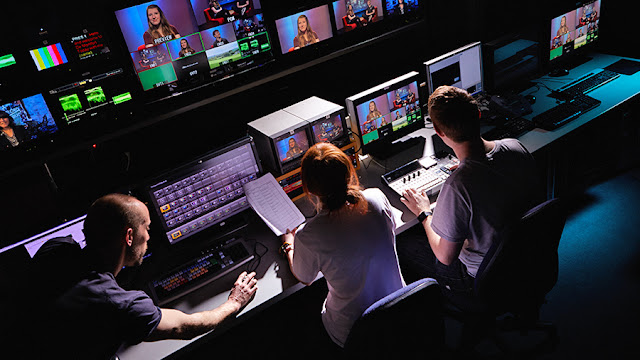Critical Reflection Task 3
Task 3: 'How did your production skills develop throughout this project?'
In this post I will be demonstrating the processes of our opening sequence and what guided us through it by checking through my blog.
Here below is the video I created for task 3:
Here below is my script:
Introduction - When I began the subject media I had never held a professional filming camera or known how it works. I also never knew the processes of filming a sequence, I had edited music videos before but not as skilful as this. This is why I found all of these workshops and processes very helpful and it introduced me to many new skills that can be used for the future.
Camera Worksop 1 - To begin with, in the very first camera workshop we learnt on how to set up a black magic camera. For example; setting up the tripod, applying the actual camera onto the tripod, then using the spirit level where we could adjust the camera for it to be straight up instead of tilted which most people would have not witnessed. This first camera workshop helped us massively for our opening sequence because it took us no time to set up the camera to start filming. This gave us more time to focus on the actors and positioning of the camera itself. The workshop also taught us on how to focus in the right manner so the footage turned out in the best quality possible.
Camera Workshop 2 - The aim for the second camera workshop was where we learnt more about the rules when filming. For example; the continuity of the scene to understand what is happening, calling out to peers to let them know when you're passing over the expensive camera so it isn’t dropped and marks that are cello tape to guide the actors of where to stand. The most important rule we learnt was the 180 degree rule which is used normally between conversations. This workshop helped us in our sequence because it gave us important sections to thinks about whilst we filmed in order to make the film look authentic and well thought out.
Editing Workshop 1 - Within our first editing workshop we learnt all the basics on how to use Adobe Premiere Pro. For example; the 4 different sections on the editing software, the golden rule to always save after you have made a change as the software could crash at any moment and the cutting tool which helps when you want to crop and add a video to the timeline. All of these helped me especially when I was editing our sequence because I knew briefly how to organise all the footage which would make it a faster process to edit the sequence and give me enough time at the end to improve on the video itself.
Editing Workshop 2 - This second editing workshop was filming and editing a dialogue sequence between two people having a conversation. Within this we would have to mainly use the 180 degree rule. I was not in for the filming of the dialogue, however, I was present when we had to edit the conversation. What I learnt from editing it was that, I got used to using this software which made it an easier process for the actual sequence. I also absorbed how in the actual sequence I wouldn’t have to use so many different camera angles as it makes the video less skilful as in the dialogue sequence you can see that the angle that is mostly used is a shot reverse shot.
Pre Production - In the pre production we used many different skills to make the process of the sequence easier and more organised. To start off we created a mood board for our idea.
Mood Board - For my moodboard I wanted to emphasise the effect we wanted to give out within our sequence. I did this by finding any photo that related to our idea, even though our idea changed slightly on the day of the shooting of the sequence. The mood board helped me develop our idea and make sure that we went in the correct way to demonstrate our sequence.
StoryBoard - I never thought that a story board would help us in the ways it did because it sounded useless to draw every scene of the sequence. I realised that it was very important especially whilst we filmed the sequence and even when I had to edit it. This is because we can picture how every scene is supposed to look which makes it a faster process.
Shot List - The shot list is very similar to the story board because it is explaining each scene on what and where it happens. Therefore, it helps as well to guide us as group to know where actors are supposed to stand and know exactly what gesture they should be doing in front of the camera. This is so that no scenes are different to the other which can look unprofessional.
Test Shoot - I found that the test shoot might have demonstrated slightly how our idea was too look like. However, in my opinion it could have been way better. This is because of the poor editing and acting. All we cared about as a group was to show what our idea was and how it would roughly look like. We had never produced anything before, therefore I found this test shoot helped us become more confident and know how we should act in the actual opening sequence.
Behind The Scenes - I also created a behind the scenes video which you can see here. This was to show the process we took whilst filming, and also seeing how everyone in our group contributed towards the opening sequence.
Actual Opening Sequence/Conclusion - Now when watching our final opening sequence makes me proud and I feel like I have learnt a lot through the process. It has made me have a clear vision on when I produce another video which I think will improve each time more and more. My opening sequence was a success mainly from all the workshops we had that made me and my group more confident when we filmed the sequence.



Comments
Post a Comment